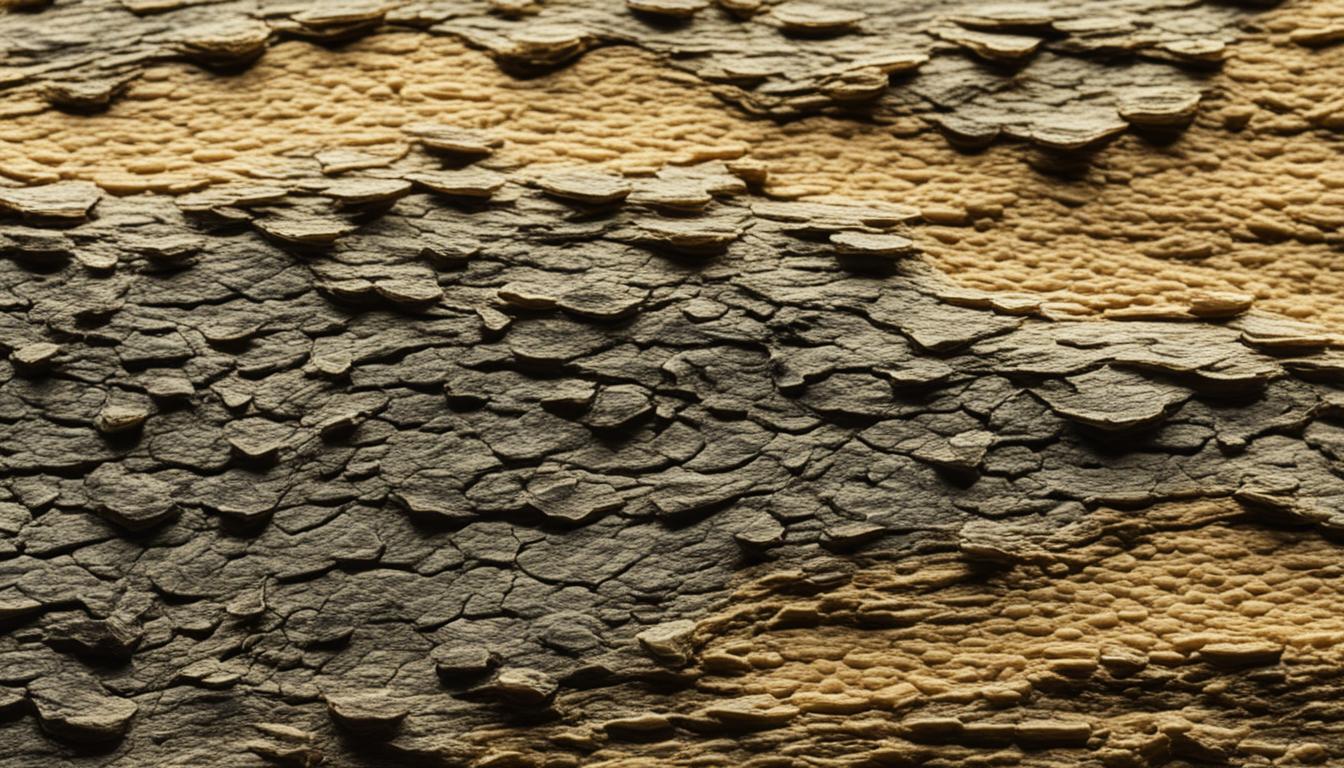Seborrheic keratosis (SK) is a benign tumor often seen on the skin. It’s more common in the elderly. However, it can also develop in younger people. The exact cause of SK is still a mystery. Yet, experts believe age, sun exposure, and genetics are involved. These growths are identified through a special scope and sometimes a biopsy. Treatment may involve applying creams, surgery, or advanced electrical pulse therapy.
Key Takeaways:
- Seborrheic keratosis is a common, noncancerous skin growth that can occur on any part of the body.
- It is more prevalent in the elderly but can also affect younger age groups.
- The precise cause of seborrheic keratosis is still unknown, but factors such as age, ultraviolet exposure, and genetic mutations may contribute to its development.
- Diagnosis is usually based on clinical appearance, but a biopsy may be necessary to rule out skin cancer.
- Treatment options include topical agents, surgical procedures, and emerging technologies like nanosecond-pulsed electric field therapy.
Symptoms and Types of Seborrheic Keratosis
Seborrheic keratosis (SK) is a common skin condition seen as rough skin growths. They are known by many names like benign tumors or seborrheic warts. These growths are often found in older people. They can show in many colors like tan, brown, and yellow. Or they can be skin-colored. They might be either small bumps or larger waxy growths.
They can be flat or raised and usually show up on the face, scalp, and other parts of the body. Some people might have many of them. If you’re black, you might have a certain type more often. These are called dermatosis papulosa nigra. Even though they aren’t usually painful, they can cause itching or irritation.
Types of Seborrheic Keratosis
| Type | Description |
|---|---|
| Common Seborrheic Keratosis | Appear as well-defined, round or oval bumps with a stuck-on appearance |
| Dermatosis Papulosa Nigra | Present as small dark or black papules, common among individuals of African descent |
| Stucco Keratoses | Display as small, white or yellowish, rough, wart-like growths, typically on the lower legs |
| Flat Seborrheic Keratoses | Appear as flat brown or tan spots with a velvety texture |
| Pedunculated Seborrheic Keratoses | Have a stalk or peduncle, with the growth attached to the skin by a thin bridge |
Diagnosis and Treatment of Seborrheic Keratosis
Diagnosing seborrheic keratosis is mainly by how it looks. But, sometimes doctors recommend a biopsy to check if it’s skin cancer. Often, no treatment is needed unless the growth bothers you or looks bad.
Removing seborrheic keratosis has several methods. You can choose from cryosurgery, skin shaving, or other ways. Each way to remove them has good and bad points. The choice depends on the person’s situation.
Think you have seborrheic keratosis? It’s important to see a doctor for the right diagnosis and treatment advice. They can look at your case and suggest what’s best for you.

